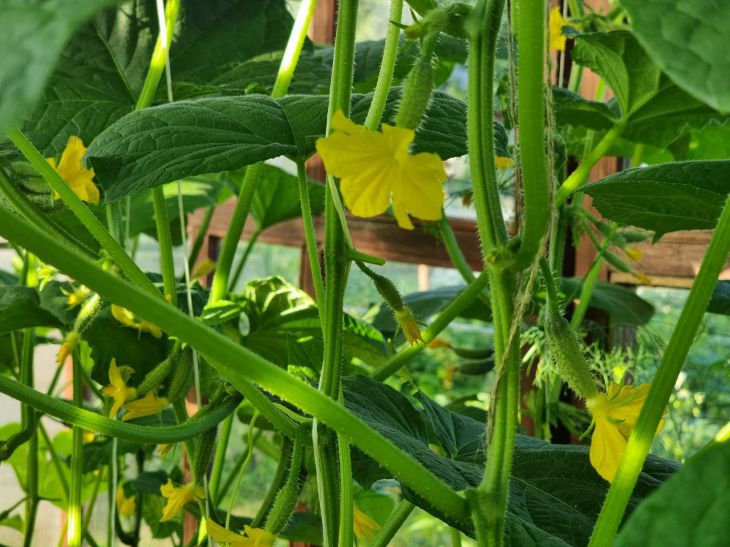Experienced gardeners don't need to be told what stratification is and why it is needed. There are crops that can do without this procedure. But as for lavender, primrose and clematis, as well as conifers, there is no way to do without it.
Let's talk about stratification methods.
1. Cold
It is carried out in relation to the seeds of those crops, for the embryos of which ripening is required. First, the seeds must be moistened, then put in the refrigerator or another cool place.
It is carried out in relation to trees and shrubs. If we are talking about lavender, it is important that the seeds do not float in water, and the napkin on which they soak does not dry out. Clematis seeds are placed in a soil mixture of sand, peat and earth (1:1:1) and put in the refrigerator for 2-3 months.
The procedure accelerates germination and has a very positive effect on the development of seedlings.

2. Thermal
This procedure is necessary for seeds whose embryo is underdeveloped. Among garden crops, this is lemongrass and pasqueflower. It is carried out at a temperature of 25-28 degrees Celsius. The seeds are laid out on a foam sponge, lightly sprinkled with sand on top and covered with another piece of foam rubber. The workpiece is wrapped in cling film and kept warm. The substrate must be moist.
3. Combined
It is also called step-by-step stratification and begins with heat treatment, but sometimes the opposite happens. It is needed for seeds that take a long time to germinate.
For example, primrose seeds are treated first with cold and then with heat. For this, wet cotton wool is used. The seeds wrapped in it are placed in a bag and put in the refrigerator for 1-2 weeks. Then they are left next to the radiator.
Before you begin any of the above procedures, you need to study the varietal characteristics of the plants you are going to grow from the purchased seeds.








